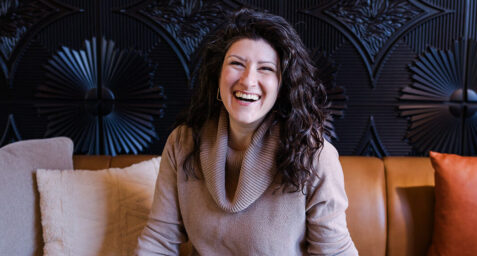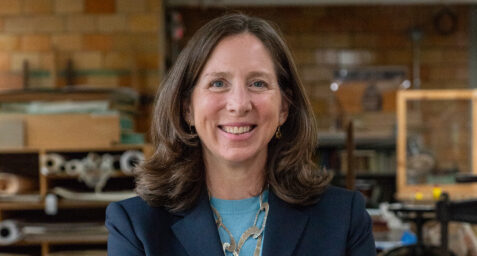Jewelry Making: Art and Precision
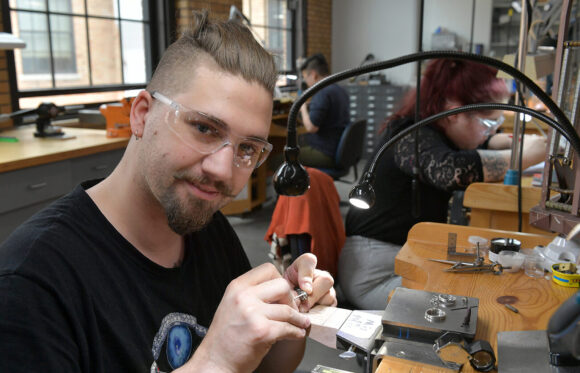
Categories
Jewelry Making & Repair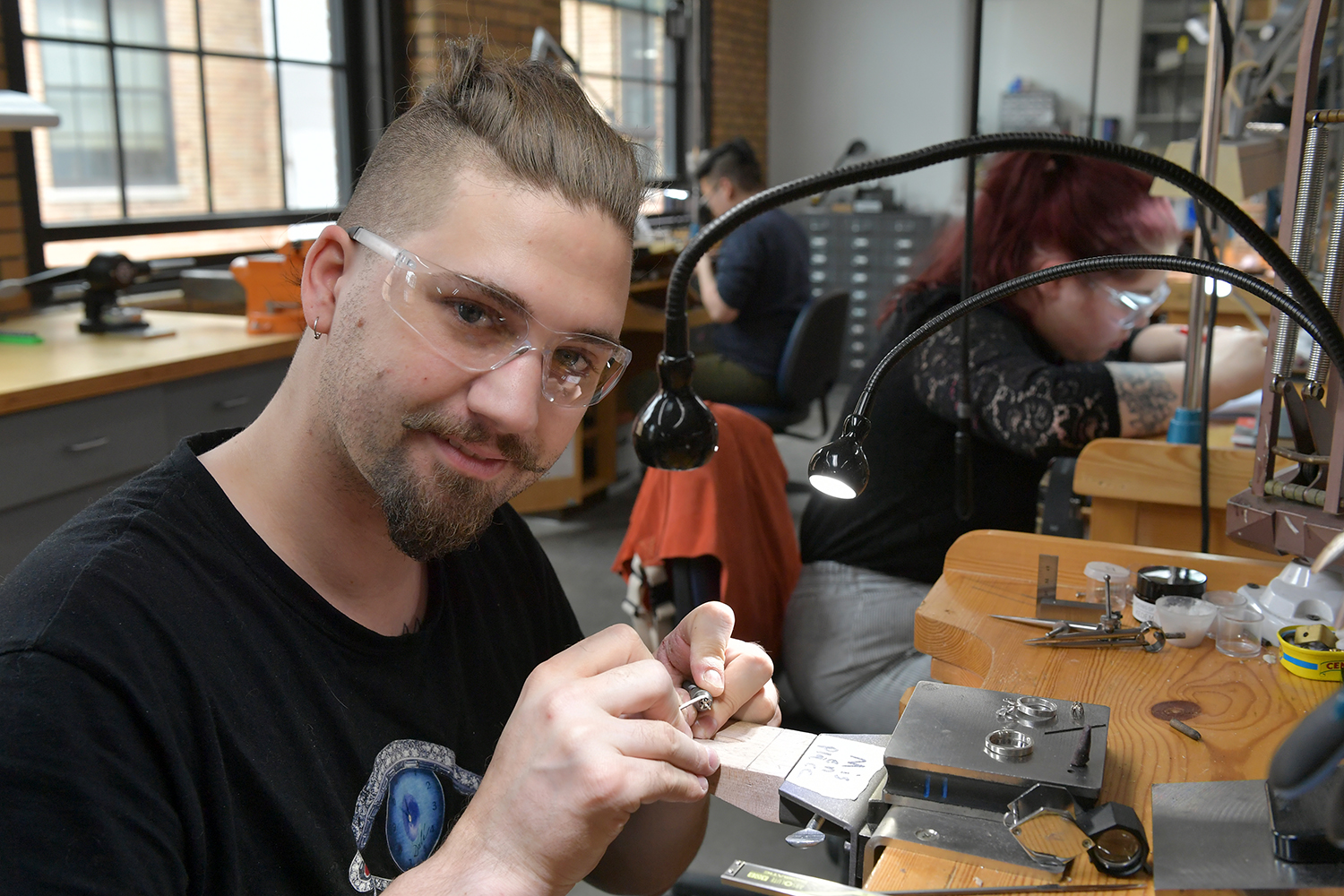
If you visit the Museum of Fine Arts in Boston, you’ll find an impressive collection of antique jewelry with some pieces dating from over 2,000 years ago. (Some of the earliest examples of ancient jewelry are from the Babylonian Empire, circa 1790-1595 B.C.E., over 3,000 years ago.)
These pieces are not only stunningly beautiful, but they are also a testament to the maker’s skills in fabrication and incorporation of various elements, including setting techniques for various stones. Each piece of wearable art has withstood the endurance test of generations.
Beyond the concept of jewelry design are a myriad of questions that must be answered before execution. What materials will work well together? Will the piece be wearable or too cumbersome to comfortably wear? What scale is best for optimal design and impact? The design itself will likely incorporate some mathematic formula of repetition and symmetry. Then, once conceived, the design must be broken down in a way it can be best executed.
That doesn’t happen by accident. Jewelry design and the execution skills required to make those designs go hand-in-hand. Consider the setting of a single stone in a ring our Jewelry Making & Repair students demonstrated at our Open House in December 2020 (watch below). It might surprise you to know that the stone itself consists of separate identifiable elements, each playing an important role in the setting. Precision and flawless execution are needed to ensure the stone is not only safely set, but the craftsmanship behind that setting will last for at least a generation.
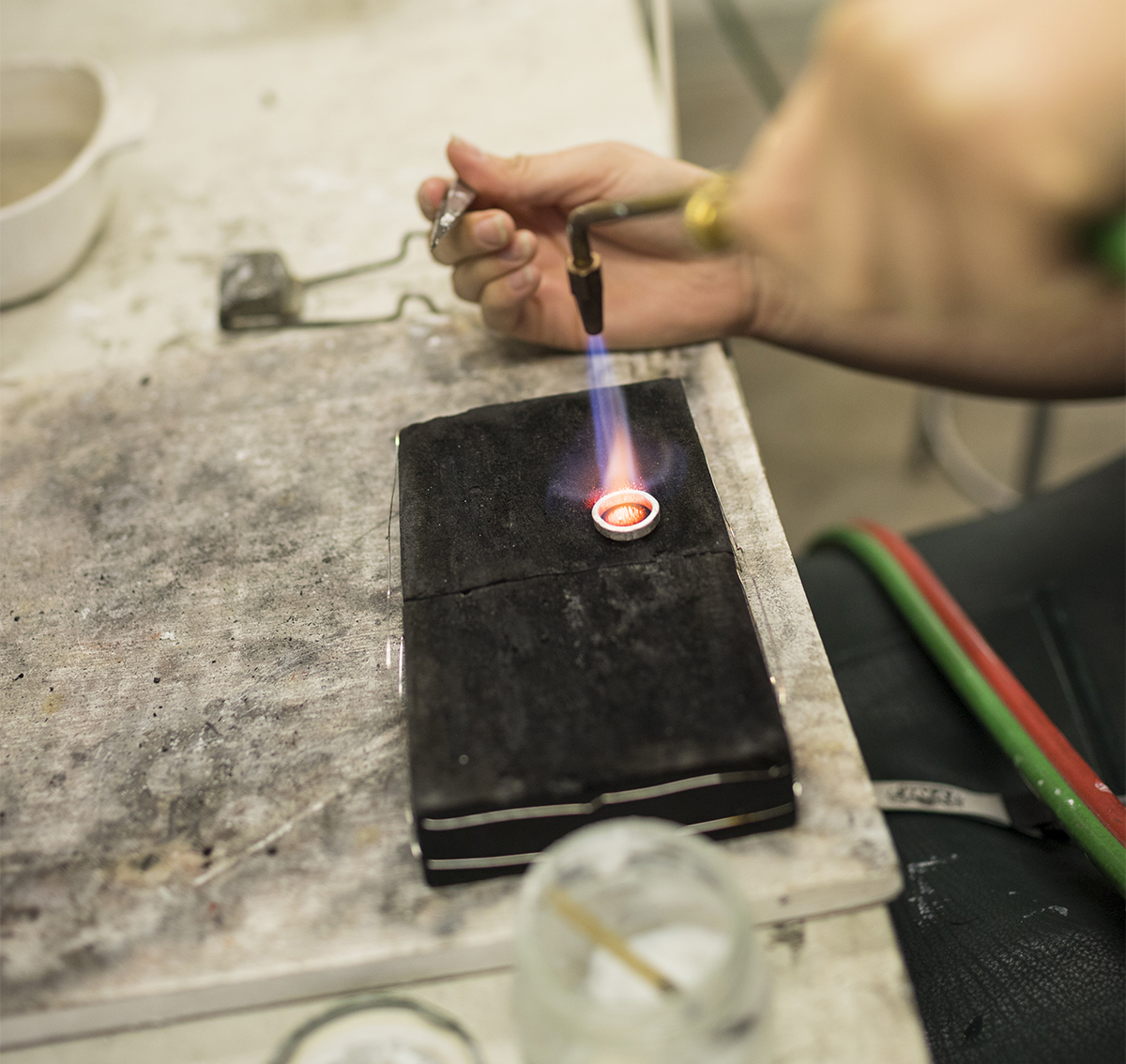
And once those foundational jewelry design and execution skills are mastered, high-tech innovations such as CAD (computer-aided design) and 3-D printing can push design boundaries to entirely new levels.
So, whether you are drawn to the creative design process or to the technical skills required to make and repair jewelry, the science and math knowledge needed to do it well are rooted in centuries of jewelry design and will continue to propel the art of jewelry forward for centuries to come.
To learn more about our Jewelry Making & Repair program, contact us.

